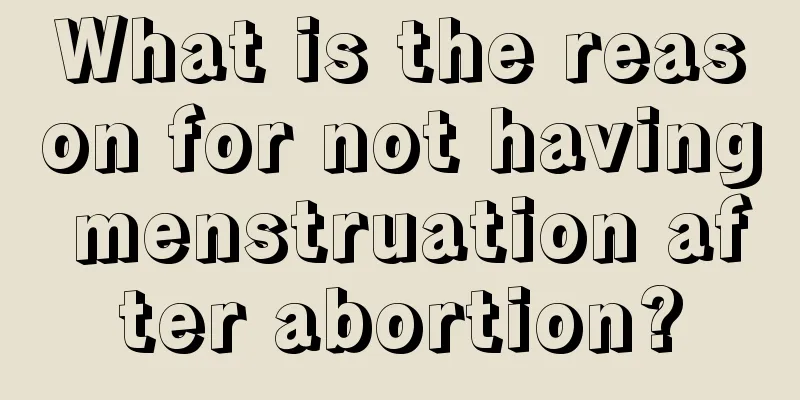What does uneven breast echo mean?

|
Normal breast ultrasound generally has neat internal structure, the glandular duct tissue presents high and low color echoes, is evenly distributed, the glandular lobes present medium-intensity spots, and the tubes are radially arranged without enlargement. Common breast problems include breast hyperplasia, fibroids, lumps, cysts, and breast cancer. Asymmetric echogenicity of mammary ducts is actually quite common. So what does it mean? What does uneven echo of breast ducts mean? The unevenness of mammary ducts is caused by changes in the mammary duct tissue and structure during breast ultrasound examination, resulting in abnormal examination results. It is common in patients with mammary duct hyperplasia. Mammary duct hyperplasia is a normal range of disease. Most patients are not likely to have obvious symptoms, but some patients may have breast pain. At this stage, there are only mild changes in the breast, and no actual malignancy has been confirmed, so regular follow-up visits are required. If you find a breast lump or mass, have it checked carefully. For abnormal lumps, early treatment is necessary to prevent the possibility of breast lesions. Generally, echo signals are divided into low echo, equal echo, strong echo, and no echo. Different types of echo have different meanings: 1. Hypoechoic: The image is darker and often appears in breast hyperplasia nodules, fibroadenomas and breast cancer. 2. Echo-like: more common in normal breast tissue. 3. Strong echo: The image is brighter, which is often seen in lipoma diseases and calcification points. 4. No echo: The image is gray and black, which represents a fluid area, mainly common in cysts or cystic hyperplasia. Secondly, blood signal is also a common keyword. Blood signal refers to the richness of blood. The blood in the lump (lump) is "nutrient", indicating that it may continue to grow. There are also certain levels of blood richness: Level 0 means that no blood signal is seen in the clot; Level 1 means that 1 to 2 spot-like blood signals are seen in a small amount of blood clot. Level 2 means that 3 to 4 spot-like blood signals or a blood vessel with clear wall thickness can be seen in the medium-detected blood clot. Level 3 is a colorful blood clot with more than 4 spots of blood or 2 blood vessels with clear thick walls. |
<<: Early pictures of breast fibroids
>>: What does breast nodule mean?
Recommend
CPTSD: emerging from complex trauma
Understanding CPTSD Complex Post-Traumatic Stress...
Where is the WeChat health code? How to apply for the WeChat health code?
The steps to apply for the WeChat health code are...
How to scientifically prevent and control myopia
Author: Xiang Yan: Deputy Chief Physician of Tong...
Ultrasound Micro-classroom: Breast Ultrasound Examination, What Should You Know?
In recent years, the incidence of female breast d...
How to speed up uterine contractions
During the pregnancy stage, many problems may ari...
All medicines are poisonous. What exactly is the "poison" in this traditional Chinese medicine?
As the old saying goes, "All medicines are t...
The 8 most common reasons for women to bleed after sex
When you are still immersed in the enjoyment of t...
How long can I be pregnant with a pregnancy test stick?
In life, many friends will use pregnancy test sti...
Correction chart of breech position at 38 weeks of pregnancy
Before giving birth, expectant mothers always con...
How to check pregnancy in hospital
When women are just pregnant, if they are not ver...
What causes premature placenta
What causes embryonic maturation? What causes emb...
What should you prepare for during early pregnancy?
There are many things to pay attention to in the ...
Is it easy to eat and drink healthily during the Spring Festival? Just remember these few numbers →
During the Spring Festival, there are so many del...
Ovarian mucinous cystadenoma examination
The ovaries are very important to a woman. If the...









